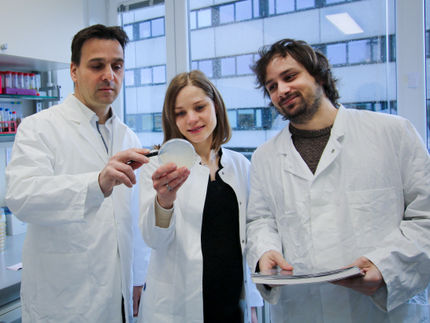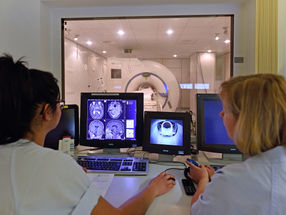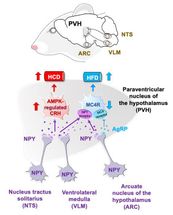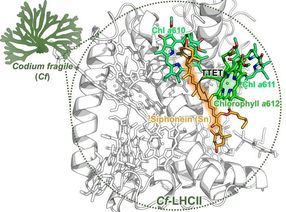Fighting Alzheimer's with the immune system?
How CLIC1 controls the brain's "guardians" - and makes new therapies possible
Advertisement
The importance of the immune system is becoming better understood scientifically and is also increasingly coming into focus in Alzheimer's disease. In a new study, the team led by Prof. Dr. Christian Madry from the Institute of neurophysiology at Charité - Universitätsmedizin Berlin has identified the protein CLIC1 as a central switch in the immune cells of the brain, the so-called microglia cells. The results have now been published in the journal Science Advances. The study was funded by the non-profit Alzheimer Forschung Initiative e.V. (AFI) with 120,000 euros.
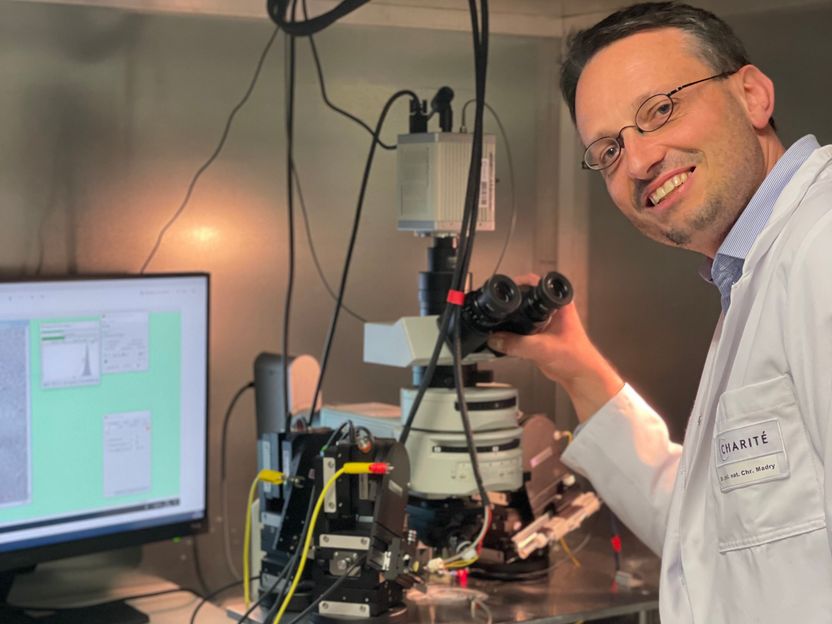
Prof. Dr. Madry, Institute of Neurophysiology Charité Berlin.
privat
Microglial cells - guardians and waste disposal of the brain Microglial cells are the immune cells of the brain. They act as both guardians and garbage collectors: they detect pathogens, cell debris or harmful deposits and remove them. To do this, they are equipped with countless highly mobile projections with which they scan the brain tissue around the clock. "You can think of microglia as an octopus that constantly checks its surroundings with its tentacles," explains Prof. Madry. "This mobility is unique in the brain, but until now we didn't know exactly how it works."
Doubly important: the key protein CLIC1 Madry and his team, led by Ali Rifat and Tom Bickel, were able to show in their study that the protein CLIC1 (Chloride Intracellular Channel 1) plays a decisive role in two mechanisms in the microglial cells.
Firstly, CLIC1 controls the mobility of the microglial processes and thus the efficiency of the guardian function. In the case of incipient Alzheimer's disease, this means that the immune cells are optimally equipped to remove soluble amyloid beta in the early stages of the disease before harmful plaques form. "Without CLIC1, the cells lose their typical ramification and their ability to monitor the tissue. This makes them less effective at recognizing and removing harmful changes, such as amyloid-beta deposits typical of Alzheimer's disease," explains Madry.
Secondly, CLIC1 controls the release of pro-inflammatory messenger substances. In normal immune reactions, this inflammation is helpful because it protects the brain from further damage. In Alzheimer's, however, the reaction gets increasingly out of hand: microglia become overactive, release more and more inflammatory substances and thus contribute to the progression of the disease themselves.
"The microglia lose their balance. Instead of protecting, they begin to damage nerve cells," says Madry. "We were able to show that CLIC1 regulates the inflammatory complex NLRP3 in microglia. This is overactivated in Alzheimer's and other inflammatory diseases of the nervous tissue and is largely responsible for this dysregulation. If CLIC1 is blocked, the excessive inflammatory reaction can be stopped."
New therapeutic approaches: Targeting CLIC1 The transfer of the knowledge gained from animal models to human microglia was also of crucial medical importance. For this purpose, stem cells and human brain tissue were used, which were released for research purposes as part of unavoidable operations and in compliance with strict ethical requirements. The results thus obtained open up two potential treatment options for different phases of the disease:
Early phase: strengthening microglia In early stages of the disease, the CLIC1-controlled motility of microglia could be specifically supported in order to promote the cells' natural "guardian function". This would allow toxic amyloid-beta species to be recognized early and broken down before they cause major damage.
Late phase: slowing down inflammation If the disease progresses and the microglia become overactive, a targeted blockade of CLIC1 could help to dampen harmful inflammatory processes. This could slow down nerve inflammation and slow down the progression of Alzheimer's disease.
According to Prof. Madry, the protein also has a decisive advantage for potential therapeutic use. "CLIC1 is found in the human brain almost exclusively in microglia. This opens up the possibility of developing treatments that only work specifically in these cells. This could minimize side effects."
Immune cells as the key to therapy "In fact, there is no neurological disease in which microglia are not involved," Madry emphasizes. "Their ability to initiate and regulate inflammation makes them one of the most important factors in the course of the disease. If we understand them and influence them in a targeted manner, we can significantly change the course of Alzheimer's disease."
The research team is currently developing an Alzheimer's mouse model without CLIC1 in order to investigate the role of the protein in the various phases of the disease in detail. At the same time, the results are being tested on human brain tissue as a crucial step towards transferring the findings to humans.
Note: This article has been translated using a computer system without human intervention. LUMITOS offers these automatic translations to present a wider range of current news. Since this article has been translated with automatic translation, it is possible that it contains errors in vocabulary, syntax or grammar. The original article in German can be found here.
Original publication
Ali Rifat, Tom Bickel, Patricia Kreis, Thorsten Trimbuch, Julia Onken, Andranik Ivanov, Giulia Albertini, Dieter Beule, Michele Mazzanti, Harpreet Singh, Britta J. Eickholt, Bart De Strooper, Jörg R. P. Geiger, Christian Madry; "The chloride intracellular channel 1 (CLIC1) is essential for microglial morphodynamics and neuroinflammation"; Science Advances, Volume 11




